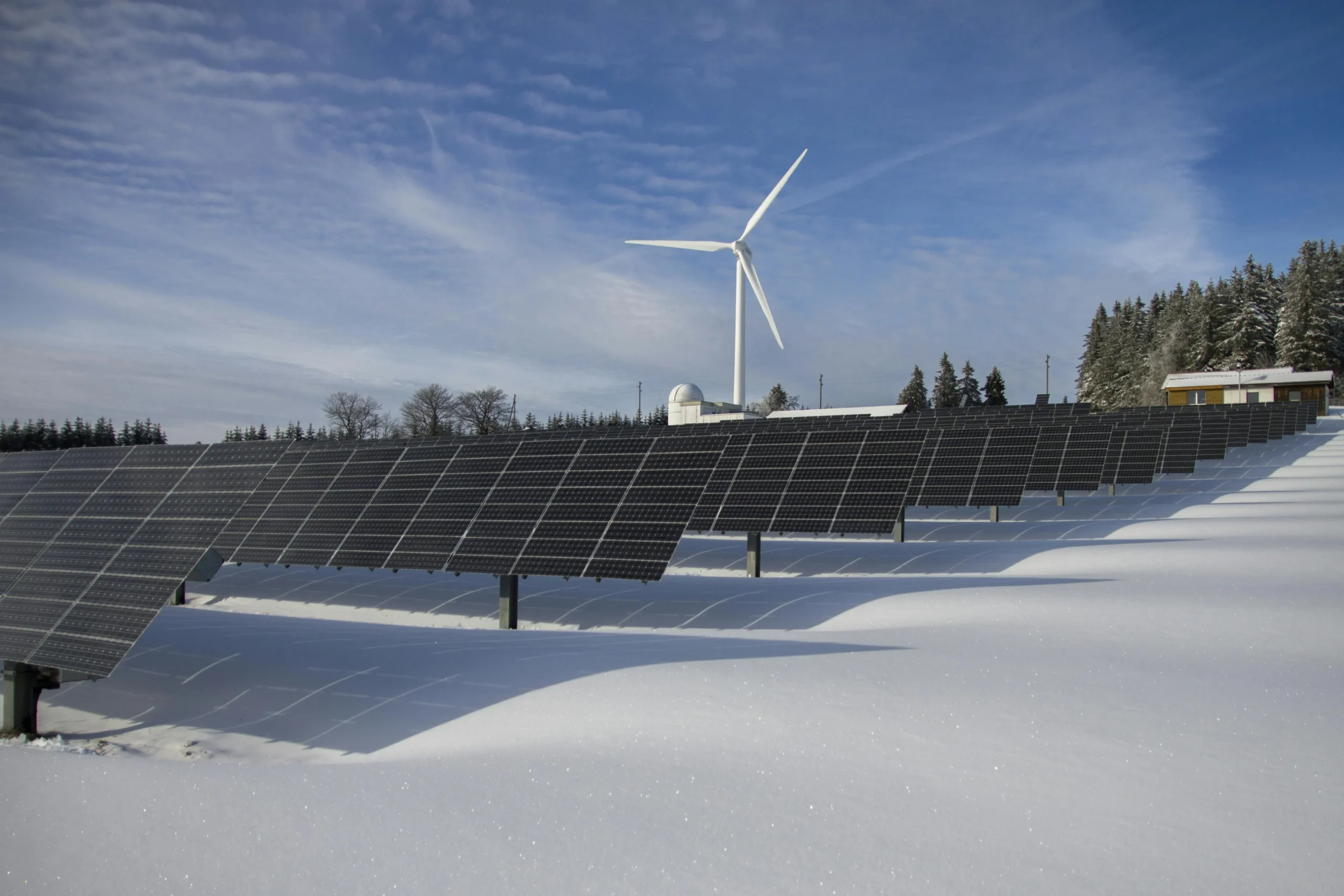While the world is racing to solve the clean energy problem, materials discovery is an unseen bottleneck that is being constrained by traditional methods that require a long timeline. Near-all aspects of renewable energy, battery storage, and sustainable chemistry have evolved terribly slow through trial-and-error methods and workflows which have often been slow, laborious, and limited. What would change if there was a innovative, free, and public platform called the Clean Energy Materials Platform (CEMP) that would change the way scientists discover and optimize materials for the clean energy revolution as we know it?
This article discusses how CEMP initiates the journey of innovation in materials science by bringing together: high-throughput quantum simulations, datasets from experiments, and machine learning models. If you are working in a commercial environment (energy tech, AI-driven chemistry, advanced manufacturing) or if you are simply curious how databases would fundamentally change the way we think about real-world sustainability challenges, we encourage you to learn more about the CEMP platform.
What Is the Clean Energy Materials Platform (CEMP)?
The Clean Energy Material Platform (CEMP) is a high-quality, open-access research platform originating from Fudan University (Wang et al., 2025). CEMP contains three main components:
- A high-throughput computing engine for automatic quantum and molecular dynamics simulations
- A comprehensive materials database of over 376,000 entries
- A set of multi-scale machine learning models trained to predict material properties for clean energy applications
CEMP was developed in response to a clear problem: most existing materials databases focus narrowly on inorganic crystals, offer sparse experimental data, and lack real-time computational tools. In contrast, CEMP addresses these limitations by integrating simulation, experiment, and prediction across a broader chemical space.
Why the Clean Energy Materials Platform Matters in Data-Driven Science
Conventional materials science is time-consuming, expensive, and highly limited. With classical materials science, researchers trial and error synthesis, then wait months getting data from the lab, crossing their fingers they find a new material for a breakthrough. This method is wasted recycled materials and doesn’t fit in the confines of the urgency of the energy transition.
CEMP marks a decisive shift toward data-driven materials discovery — where machine learning algorithms, real-time quantum simulations, and structured data pipelines enable a faster, more targeted approach. The platform supports:
- Structure-property analysis using predictive ML models
- Multi-objective optimization for balancing performance trade-offs
- Real-time computation via online simulations directly from structured input tables
This is not a static repository — it’s a dynamic ecosystem designed for rapid iteration, automated screening, and closed-loop research.
What Makes Clean Energy Materials Platform Unique?
1. Diverse Material Classes
Unlike most legacy platforms that focus solely on inorganic solids, CEMP includes:
- Small molecules
- Polymers
- Ionic liquids
- Crystals
This broader scope enables exploration across more realistic application domains, from flexible electronics to next-gen battery electrolytes.
2. Massive Data Integration
As of mid-2025, the database contains:
- ~6,000 experimental records
- ~50,000 quantum chemistry calculations
- ~320,000 AI-predicted property entries
3. Online Simulation Engine
CEMP includes a unique AutoCompute module, enabling users to upload structured molecular tables and instantly trigger quantum or molecular dynamics simulations. This lowers the barrier to entry for researchers without access to supercomputers or in-house simulation expertise.
4. Closed-Loop Optimization
Perhaps most importantly, CEMP supports a full closed-loop workflow:
- Data acquisition
- Property prediction
- Model refinement
- Online validation
This end-to-end pipeline mirrors how AI is transforming fields like drug discovery and autonomous vehicles. Now it’s being applied to energy materials.
Real-World Use Cases of the Clean Energy Materials Platform
To illustrate how CEMP could be transformative, consider the following examples:
• Battery Innovation
Using the AutoCompute tool, a researcher uploads candidate polymer electrolytes. Within minutes, CEMP returns predictions for ionic conductivity, mechanical strength, and thermal stability — helping identify top candidates without months of lab synthesis.
• CO2 Capture Materials
Designing sorbents for carbon capture often requires balancing porosity, selectivity, and chemical stability. CEMP allows screening thousands of hypothetical materials for all three targets simultaneously.
• Hydrogen Fuel Cells
Researchers can identify novel ionic liquids with high proton conductivity and low volatility using CEMP’s multi-objective optimization and predictive models.
These are not speculative futures — they’re real-world bottlenecks that CEMP is engineered to tackle.
Accessing the Clean Energy Materials Platform
You can access the Clean Energy Materials Platform directly through its official website: cleanenergymaterials.cpolar.top, where researchers can explore the full database, run simulations, and download clean energy materials data.
Users can:
- Register and log in for full access
- Search and download structured datasets
- Trigger real-time simulations via AutoCompute
- Visualize structure-property relationships through interactive dashboards
Final Thoughts
The Clean Energy Materials Platform is more than a database — it’s an artifact of the progress of scientific research. With theory, experiment and AI usefully linked in the same interface, CEMP offers a template for how we might also advance discovery in other domains, whether it’s sustainable food production, biomedical engineering and more.
As governments and industries begin to act on the need for climate solutions, platforms like CEMP will begin to be the growing infrastructure to changing the fight for a planet we can inhabit.
If you’re interested in how data-driven tools are reshaping sustainability efforts beyond materials science, take a look at the International Climate Finance Database. It offers insights into how climate-related investments are tracked and made transparent — a powerful complement to platforms like CEMP that focus on the material foundations of a clean energy future.
Sources
- Wang, J., Ju, J., et al. (2025). CEMP: a platform unifying high-throughput online calculation, databases and predictive models for clean energy materials. arXiv:2507.04423
- Clean Energy Materials Platform: https://cleanenergymaterials.cpolar.top
- Quantum Zeitgeist (2025). Data-driven platform accelerates new materials discovery for clean energy. quantumzeitgeist.com


